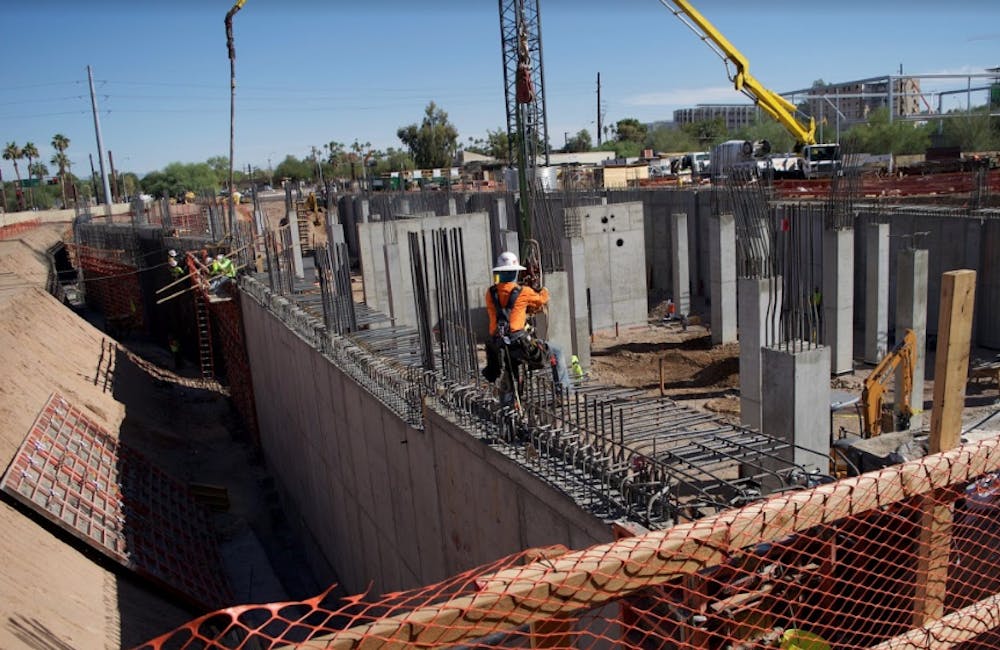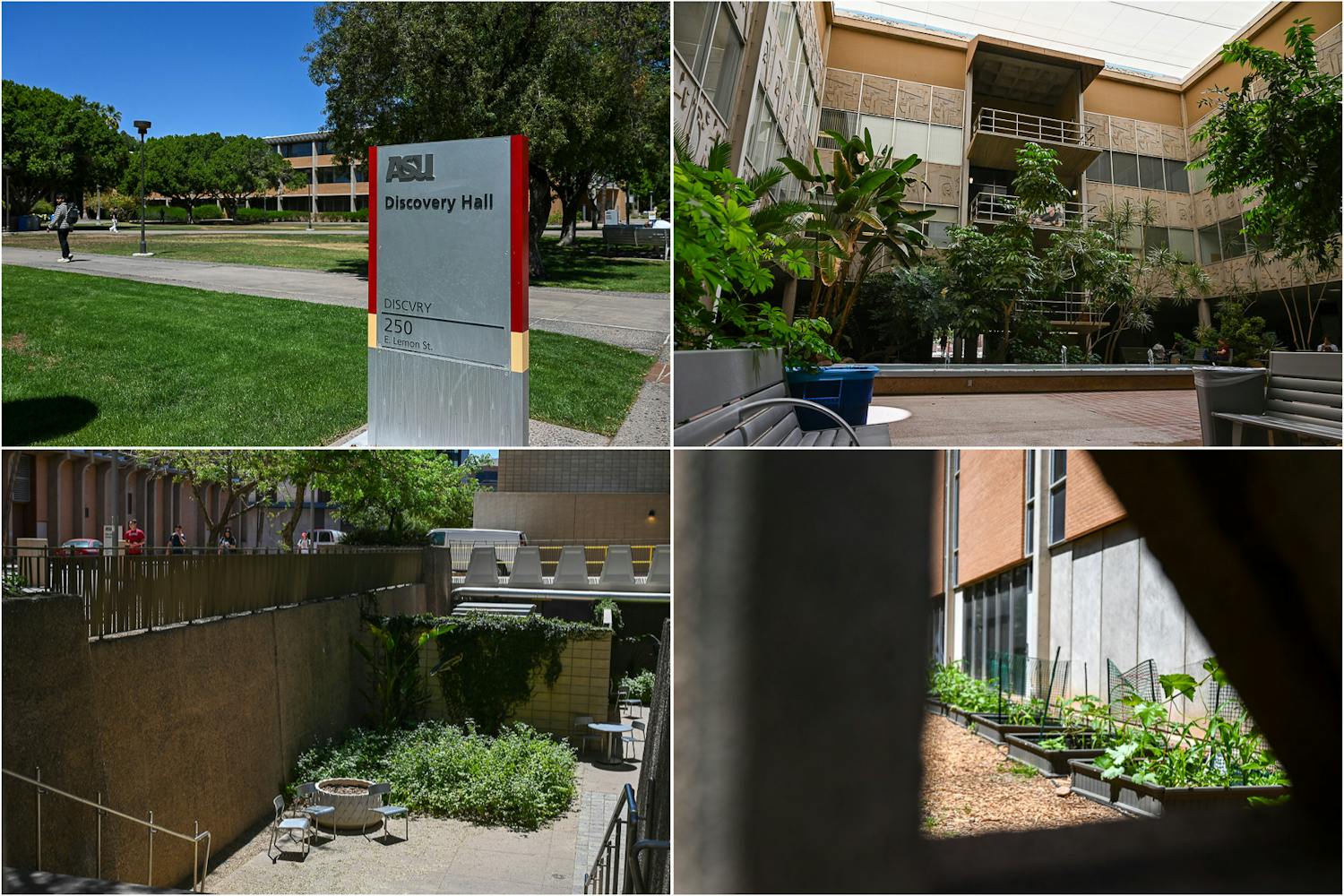Nearly 15 years after its introduction to the Tempe campus, ASU's Biodesign Institute is changing and expanding with a new director and building.
Biodesign welcomed new director Joshua LaBaer in March, following the beginning of construction for Biodesign C in June 2016. Since the Institute’s inception in 2003, there have been many major changes to both the buildings and the research being conducted inside.
“Biodesign has been an important component of the overall ASU expansion in research,” said Charles Arntzen, founding director of Biodesign and a regents’ professor at ASU. “Biodesign exemplifies a success rate that we have had in recruiting stellar, outstanding scientists.”
Dr. Joshua LaBaer appointed executive director, @ASUBiodesign Institute https://t.co/RzGojvDaGw pic.twitter.com/57BaKZRvWU
— Health@ASU (@healthASU) March 30, 2017
Construction of the second building, Biodesign B, was completed in 2006 and construction of Biodesign C is expected to finish in 2018. The new building will expand Biodesign lab space and infrastructure by adding 188,000 square feet to the Institute.
“We’ve built a second building, we did that early on, now we’re building a third," Arntzen said. "So the physical capacity is really expanding dramatically."
Fundamental changes in the Institute extend past recruitment and construction, as the focus of research itself has changed dramatically as well since its inception.
“We started out with a lot of emphasis on infectious diseases," Arntzen said. "Today we are seeing a much bigger push in environmental sciences and also chronic disease like cancer or Alzheimer's.”
The focuses of research at Biodesign have mirrored changes in interests by the University. Where research at a University level have increasingly addressed broader issues like sustainability, researchers at the Institute have followed suit.
ASU has risen in rankings for university research in recent years, partly due to new institutions like Biodesign, research faculty said.
Read more: ASU ranked among top universities in research spending
While focuses of ASU research have affected Biodesign over time, the Institute's successes have influenced the University as well.
“In the time I’ve been at Biodesign, ASU has gone from being sort-of OK on the research spectrum to one of the world-wide leaders,” said Stuart Lindsay, regents’ professor and director of the Center for Single Molecule Biophysics.(CQ) “So Biodesign is a very special place and all sorts of amazing things have happened here.”
Students also benefit from Biodesign's unique approaches to research, Lindsay said.
“I often say that my students have a hundred times better education than I ever did, because they can lean across their desk and talk to somebody in a different discipline,” Lindsay said.
ASU ranks high in National Science Foundation's research list https://t.co/421aa8Aiev
— Biodesign Institute (@ASUBiodesign) March 24, 2017
The Institute’s faculty has expanded both in size and topics of interest since creation, Lindsay said.
“I think what’s changed over the years is that, rather than Biodesign being a fairly isolated group of some of the research elite at ASU, it's now just an incredible conglomerate of research faculty,” Lindsay said.
Biodesign has championed the concept of interdisciplinary research, where projects are tackled by experts in multiple fields to increase both efficiency and depth.
“(Biodesign) also brings together researchers from across many disciplines, working together in teams and solving great challenges,” said Sethuraman Panchanathan, ASU Knowledge Enterprise executive vice president and chief research and innovation officer. “At ASU, we have a very vibrant culture of interdisciplinarity, which means that people across disciplines can work on complex problems and solve them.”
Biodesign varies from other major research institutions, Panchanathan said, and takes a fundamentally different approach to conducting research.
“What we are doing is taking the approach of saying, if nature has solved many of the problems related to health or sustainability or things of that nature ... we can essentially create concepts around the explanation from nature,” Panchanathan said.
Reach the reporter at jpleona1@asu.edu or follow @jpleonard123 on Twitter.
Like The State Press on Facebook and follow @statepress on Twitter.




